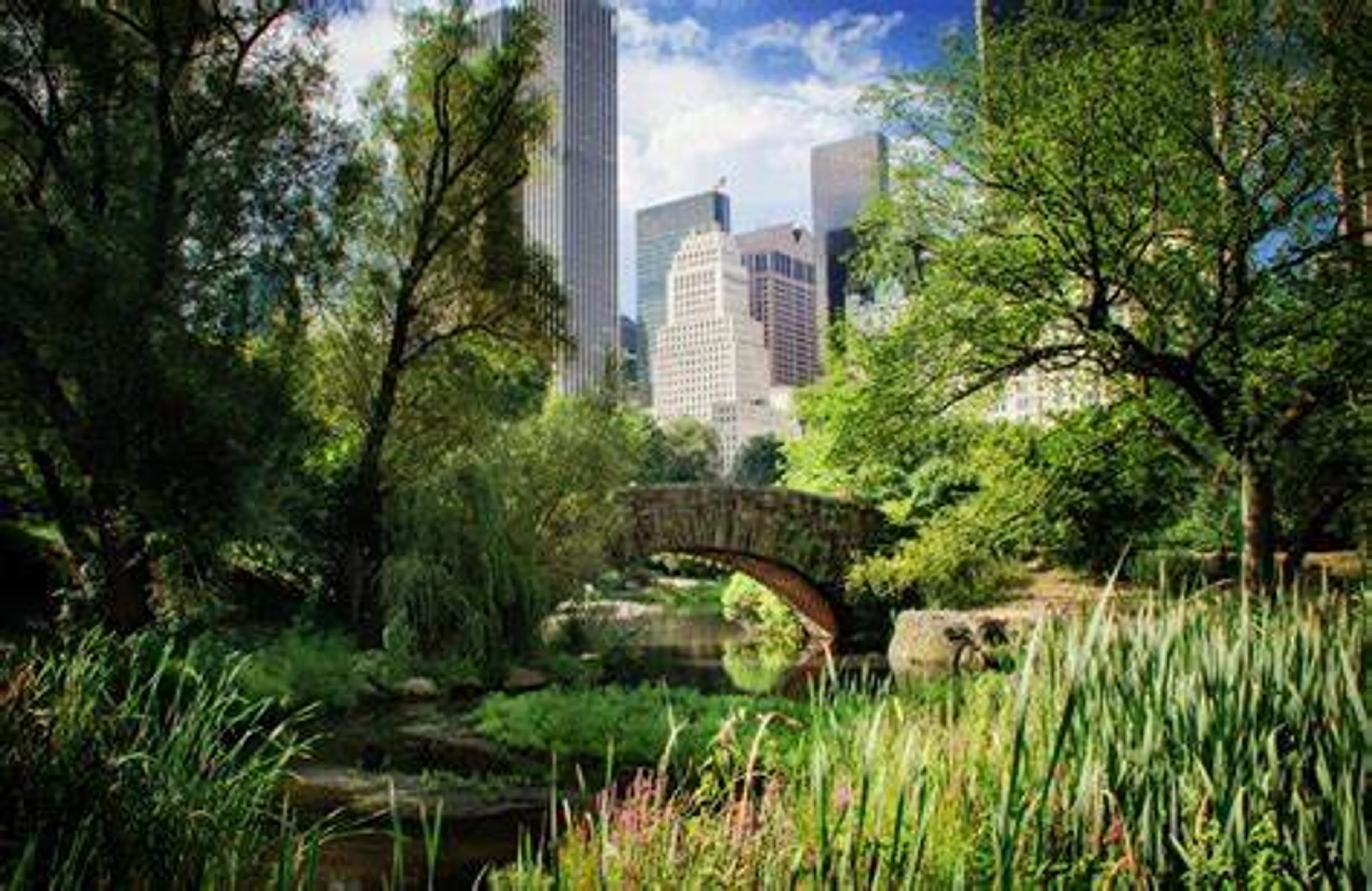In today's rapidly urbanizing world, cities are expanding at an unprecedented rate. While urbanization brings about economic growth and development, it also poses numerous challenges, particularly in terms of environmental sustainability and the well-being of city dwellers. One of the critical aspects that urban planners and policymakers must consider is the incorporation of greenery into urban spaces. The presence of trees, parks, gardens, and other green elements within cities plays a pivotal role in enhancing the quality of urban life and mitigating various urban challenges.
Air Quality and Health Benefits
One of the foremost advantages of integrating greenery into urban spaces is its positive impact on air quality. Urban areas often suffer from high levels of air pollution due to industrial activities and vehicular emissions. However, trees and plants act as natural air filters, absorbing harmful pollutants and releasing oxygen. This not only leads to cleaner air but also reduces the prevalence of respiratory diseases among city residents. Greenery, therefore, contributes significantly to the overall health and well-being of urban populations.
Temperature Regulation
Urban heat islands, characterized by higher temperatures in cities compared to surrounding rural areas, are a growing concern. The abundance of concrete and asphalt in urban environments absorbs and retains heat, leading to elevated temperatures. Greenery in the form of parks, urban forests, and green roofs provides shade and evaporative cooling, helping to mitigate the urban heat island effect. As a result, cities with more greenery experience milder temperatures, making them more comfortable and livable for their inhabitants.
Biodiversity Conservation
While urban areas are often associated with a concrete jungle, they can also be havens for biodiversity if planned thoughtfully. Green spaces in cities can serve as refuges for various plant and animal species. Urban parks and gardens can provide essential habitats and migration corridors for wildlife. By preserving urban greenery, we not only protect local biodiversity but also connect urban populations with nature, fostering a sense of ecological responsibility.
Phần 5: Mental Health and Well-being
Access to green spaces in urban environments has a profound impact on the mental health and overall well-being of city dwellers. The calming and therapeutic effects of nature are well-documented, and urban greenery provides opportunities for relaxation, stress reduction, and physical activity. Parks and green areas become communal spaces for recreation and social interaction, promoting a sense of belonging and improving mental health outcomes.
Phần 6: Community Engagement and Social Cohesion
Urban green spaces are hubs for community engagement and social cohesion. They provide venues for cultural events, sports, and gatherings, strengthening the bonds among residents. Parks and green areas are where people from diverse backgrounds come together, fostering a sense of unity and shared purpose. These spaces are integral to the social fabric of a city, enhancing its vibrancy and social capital.
Economic Value
The presence of greenery in urban spaces also carries economic benefits. Properties located near green spaces tend to have higher market values. Well-maintained urban parks and green areas attract businesses and tourism, stimulating the local economy. Additionally, investments in green infrastructure, such as green roofs and vertical gardens, can lead to long-term cost savings by reducing energy consumption and stormwater runoff.
Climate Change Mitigation
As cities strive to reduce their carbon footprint, urban greenery plays a crucial role in mitigating climate change. Trees and plants sequester carbon dioxide through photosynthesis, helping to offset urban emissions. Moreover, the cooling effect of greenery reduces the energy needed for air conditioning, contributing to lower greenhouse gas emissions. Green roofs and walls also enhance building insulation, further reducing energy consumption.
Conclusion
In conclusion, the incorporation of greenery into urban spaces is not a mere aesthetic choice but a fundamental necessity for sustainable urban development. Green spaces in cities contribute to improved air quality, temperature regulation, biodiversity conservation, mental health, community engagement, economic prosperity, and climate change mitigation. As cities continue to grow, urban planners and policymakers must prioritize green infrastructure to ensure that urban spaces remain healthy, livable, and resilient for generations to come. The importance of greenery in urban spaces cannot be overstated; it is the key to creating cities that are both prosperous and harmonious with the natural world.

